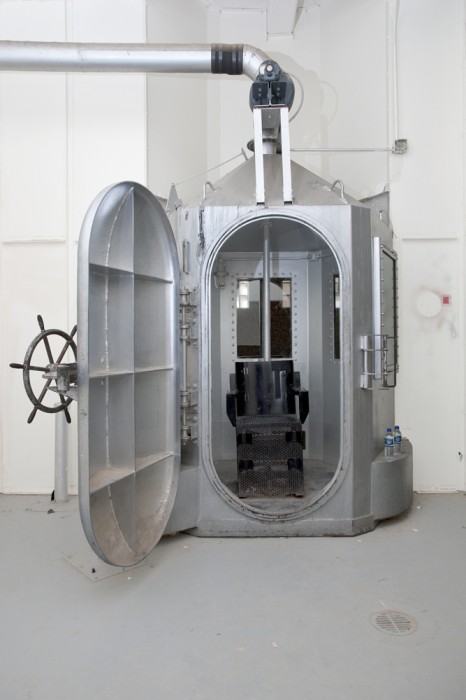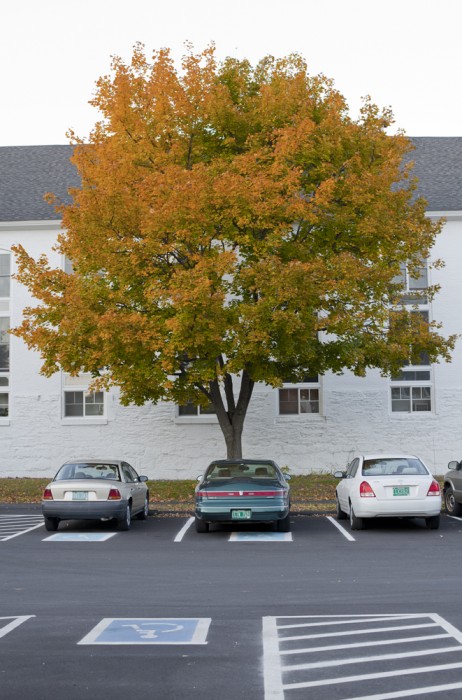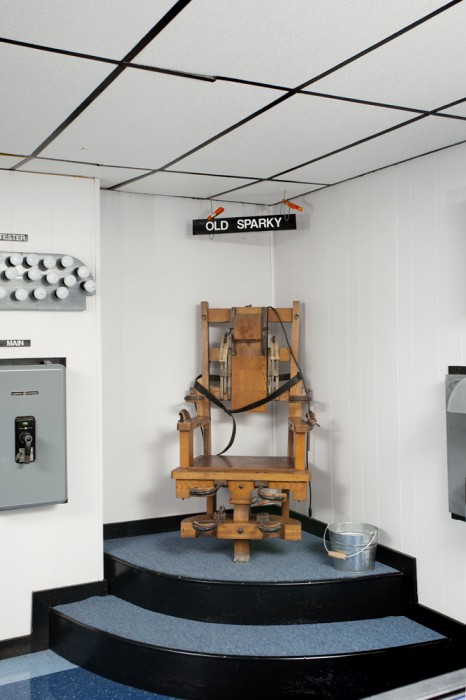Emily Kinni: Where Death Dies

Gas Chamber on the Spectator Side. Gas Chamber. Still sits in the now abandoned New Mexico State Penitentiary. New Mexico, 2011 ©Emily Kinni
New York photographer Emily Kinni has a project, Where Death Dies, that no matter where we stand on the issue of the Death Penalty, causes us to consider where and how death comes to those convicted. The series “documents what remains at the locations where executions once took place in states that have abolished the death penalty” and exposes the unseen locations and facilities that held the power of life and death.
Emily received her BFA in Photography at Parsons the New School of Design in 2011. Upon graduating she was awarded the Tierney Fellowship in June of 2011, which aided her in the progress of a body of work entitled, Where Death Dies. With this series she traveled to fourteen out of the eighteen states in which capital punishment has been abolished documenting former execution sites. The hope was to catalogue what a space originally intended for death looks like currently in repurposed form. Kinni has been exhibited in New York as well as internationally in both solo and group shows and has been featured in multiple published works. Her work has taken her to many parts of the United States, including prisons, love hotels, cowboy churches, and drive thru wedding chapels.
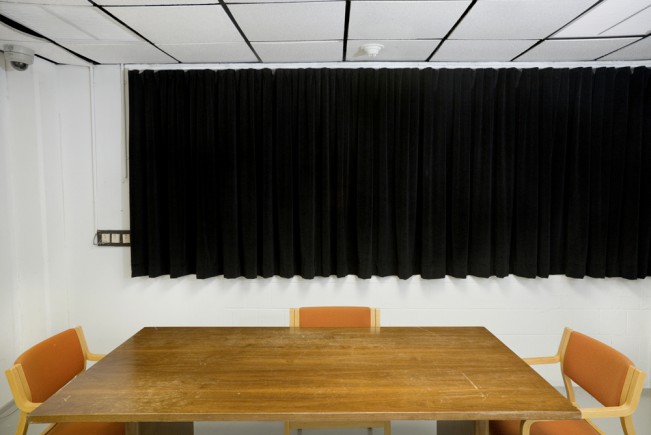
Original Execution Chamber. Electric Chair and Lethal Injection. Now Unused Conference Room in the New Jersey State Prison. New Jersey, 2011 ©Emily Kinni
Where Death Dies
In the United States, the death penalty is considered constitutional and currently executions are conducted in thirty-three states. Alternatively, as of 2014, eighteen states have abolished capital punishment. This photographic series, Where Death Dies, documents what remains at the locations where executions once took place in states that have abolished the death penalty. Documenting these sites creates a kind of historical typology tracking an aspect of the evolution of capital punishment.
Of the eighteen states having abolished capital punishment, fourteen states have been documented at this time, New Jersey, West Virginia, New Mexico, Minnesota, Iowa, Michigan, Wisconsin, Alaska, Hawaii, Massachusetts, Maine, Vermont, Rhode Island, and New York.

Original Site of the Last Execution. Hanging. Now a Department Store. Rhode Island, 2012 ©Emily Kinni
These execution sites have either remained intact, have been reused in some new capacity, or no longer exist leaving no trace of their original form. These site-specific areas, often void of most remaining evidence of the actual chambers themselves; illustrate the tension inherent in reusing of a space dedicated to death.
The image titles contain the method of the last execution, what is currently in place of the original execution site, the state, and the date the photograph was taken.

Original Site of Execution. Hanging. Lobby of the State office Department. Alaska. 2011 ©Emily Kinni
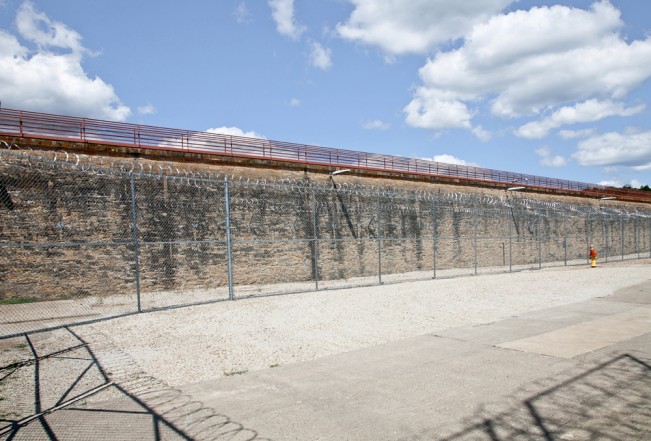
Site of the Original Execution Chamber, Hanging. Now Empty Space inside Iowa State Penitentiary. Iowa, 2011 ©Emily Kinni

Original Site of Execution, Hanging. Now a pillar supporting the ‘People Mover’, an above ground public transit system. Detroit, 2013 ©Emily Kinni
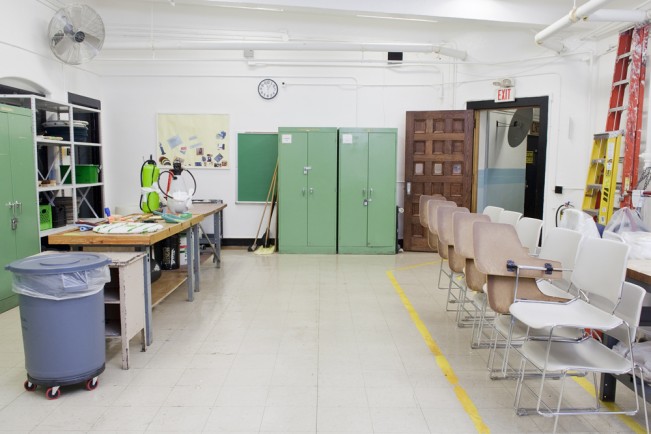
Original Execution Chamber. Electric Chair. Now a Vocational Space in Sing Sing Correctional Facility. New York, 2011 ©Emily Kinni

Death Row with Inmate Mural (Sad Clown) in Sing Sing Correctional Facility. New York, 2011 @Emily Kinni
All content on this site cannot be reproduced without linking to Lenscratch and without the permission of the photographer.
Posts on Lenscratch may not be reproduced without the permission of the Lenscratch staff and the photographer.
Recommended
-
Salua Ares: Absense as FormNovember 29th, 2025
-
Ricardo Miguel Hernández: When the memory turns to dust and Beyond PainNovember 28th, 2025
-
Pamela Landau Connolly: Columbus DriveNovember 26th, 2025
-
KELIY ANDERSON-STALEY: Wilderness No longer at the Edge of ThingsNovember 19th, 2025
-
Jackie Mulder: Thought TrailsNovember 18th, 2025


